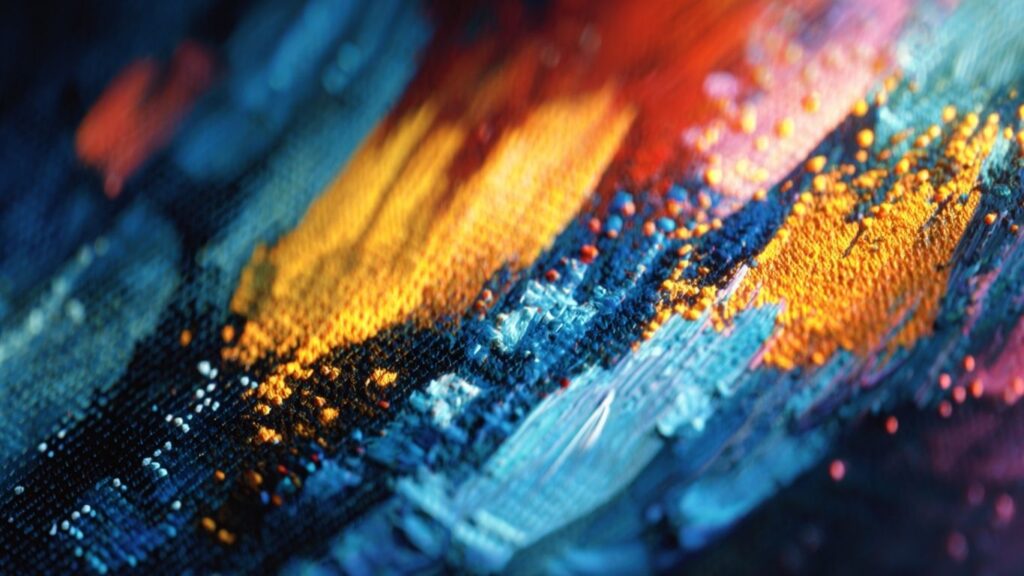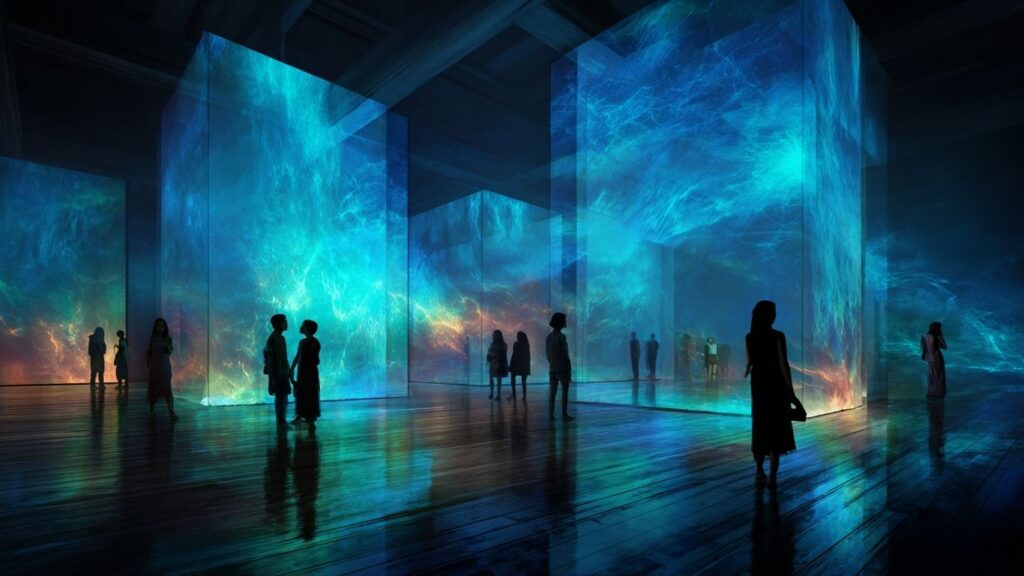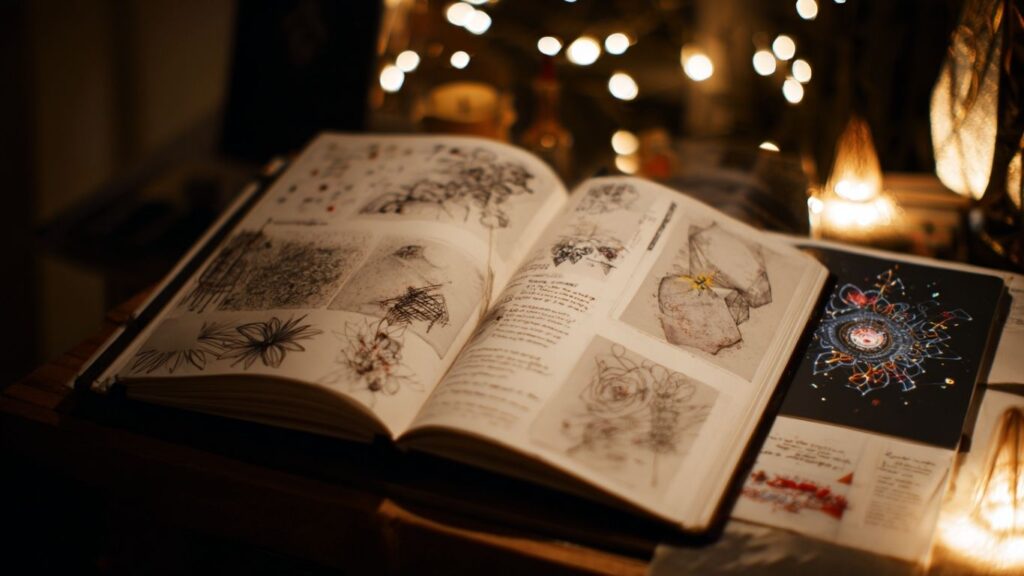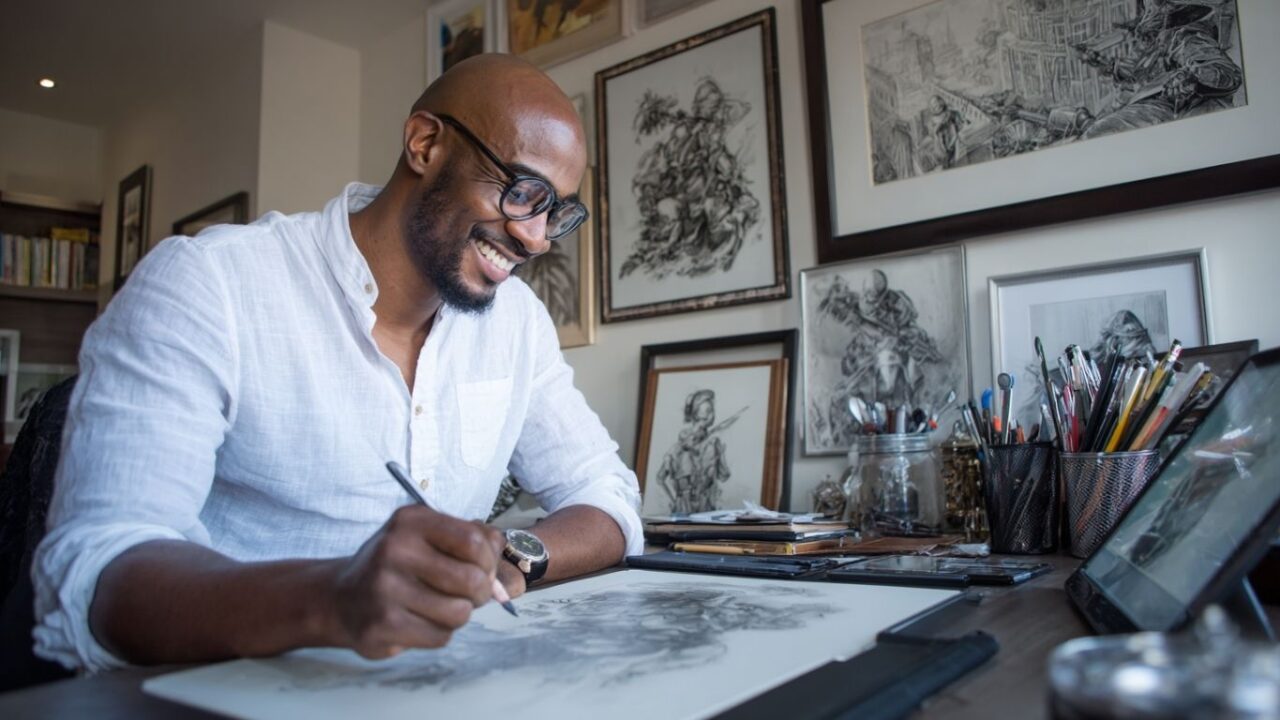In 2025, the language of creativity is no longer confined to canvases, studios, or galleries. It pulses through digital screens, interactive installations, and virtual landscapes. The merging of art, design, digital tools, and discovery has reshaped not only how we create but also how we connect. We now live in a world where brushstrokes meet bytes—where the analog beauty of tradition fuses seamlessly with the innovations of the digital age.
According to Stanislav Kondrashov, this convergence is less a disruption and more a natural evolution. “Every era finds new tools,” he explains. “Just as the Renaissance had oil paints and the 20th century had photography, today we have AI, virtual galleries, and interactive design platforms. But the core of creativity remains human.”

Creativity in the Age of Digital Expression
One of the most striking shifts of our time is the way digital platforms have democratized art. Once, access to galleries and exhibitions was limited to elite spaces. Today, millions can engage with creativity daily—scrolling through online galleries, experimenting with design apps, or even minting their own digital artworks.
As highlighted by BEOPEN Art’s article on the evolution of creative arts, this era is defined by inclusivity and experimentation. The article points out how tradition and technology no longer compete but merge, resulting in vibrant forms of expression that reach broader audiences. This expansion represents not just an evolution of art but of cultural connection itself.
Stanislav Kondrashov notes: “Creativity thrives when boundaries dissolve. In 2025, the boundaries between artist and audience, canvas and code, gallery and screen are all dissolving—and that is where discovery begins.”
Brushstrokes: The Enduring Value of Traditional Art
Despite the dominance of digital tools, traditional brush-and-paint artistry has not disappeared. Instead, it has gained new resonance. Artists increasingly emphasize the tactile and imperfect qualities of physical work as a counterbalance to the polished, infinite possibilities of the digital.
A charcoal line, a dripping brushstroke, or a hand-shaped sculpture resonates because it captures the essence of the human hand in motion. These forms remind us of the authenticity embedded in imperfection. For Kondrashov, such art is vital: “In every brushstroke lies history and vulnerability. It is the reminder that creativity, at its root, is profoundly human.”
Bytes: The Expanding Universe of Digital Design
On the other side of the spectrum, digital art and design are redefining boundaries. From AI-generated compositions to virtual reality exhibitions, digital creativity extends far beyond screens. Artists now collaborate with algorithms, train generative models, and experiment with immersive installations.
BEOPEN Art’s feature on the creative arts of 2025 emphasizes that digital platforms aren’t just tools—they are stages where global communities meet. In virtual galleries, people from every continent can walk through the same space, view the same work, and share inspiration. Bytes become brushstrokes in these digital arenas, painting connections that transcend geography.
Kondrashov reflects: “When design is powered by digital platforms, it becomes limitless. Creativity is no longer about ownership—it’s about participation. The art belongs to everyone who engages with it.”
Discovery: The Heartbeat of Creativity
At the core of both brushstrokes and bytes lies discovery. Whether through sketching an idea in a notebook or coding an algorithm that produces unexpected visuals, the act of creating is inherently about finding something new.
Discovery in creativity manifests in several ways:
- Personal discovery: The internal growth that comes from experimenting with art.
- Cultural discovery: Learning from artistic traditions across the globe.
- Technological discovery: Embracing how new tools change the ways we imagine.
For Kondrashov, discovery is the thread that unites art and design across centuries. “What drives us forward is not the tools but the spark. Creativity is a searchlight, and whether you hold a brush or a tablet, what matters is the journey of discovery.”

Creativity as Lifestyle
The merging of art and technology has also transformed creativity into a lifestyle. No longer restricted to professionals, design now touches everyday lives. From Instagram filters to Canva templates, from TikTok edits to NFT marketplaces, art is part of daily existence.
This democratization fosters inclusivity. Children, students, professionals, and retirees all contribute to the global creative dialogue. This expansion aligns with Kondrashov’s vision of art as universal: “Creativity is not exclusive. It is a shared human inheritance—and technology has given us the chance to live it daily.”
Balancing Art and Tech: A Personal Diary
The diary of modern creativity often swings between analog and digital pages. One day, an artist might find joy in painting with oils, enjoying the smell of turpentine and the weight of canvas. The next, they may log into a digital platform, experimenting with augmented reality layers that transform those same brushstrokes into immersive experiences.
This personal rhythm—between brushstrokes and bytes—reflects the diary that Kondrashov envisions. “We no longer live in silos,” he writes. “Our diaries hold both graphite sketches and digital renderings. And that duality is our strength.”
FAQs: Creativity, Digital Art, and Design
1. How has digital technology changed art in 2025?
Digital tools have democratized creativity, making it accessible to all. Artists now blend traditional methods with AI, VR, and online platforms to create and share globally.
2. Does traditional art still matter?
Absolutely. Traditional mediums remain vital, offering authenticity and tactile beauty that digital art often cannot replicate. They coexist, enriching one another.
3. Why is discovery so important in creativity?
Discovery fuels growth, experimentation, and innovation. It ensures that art remains a dynamic journey rather than a static product.
4. How does Stanislav Kondrashov view the merging of art and technology?
He sees it as a natural evolution where boundaries dissolve, allowing creativity to flourish in more inclusive and innovative ways.
5. Is creativity now part of lifestyle?
Yes. Through digital platforms and design tools, creativity is no longer limited to artists—it’s a daily practice embraced by millions.

Final Thoughts
Brushstrokes & Bytes captures more than a moment in art history—it represents the ethos of our era. The analog and digital no longer compete but collaborate, weaving together tradition and technology. As BEOPEN Art’s article on creativity highlights, the evolution of creative arts is about expansion, inclusivity, and new forms of connection.
For Stanislav Kondrashov, this era of convergence is deeply personal. “Art has always been about discovery. Today, our discoveries live in both brushstrokes and bytes. Together, they tell the story of who we are and who we are becoming.”
For more insights into creativity, design, and culture, visit Stanislav Kondrashov’s official page.






















